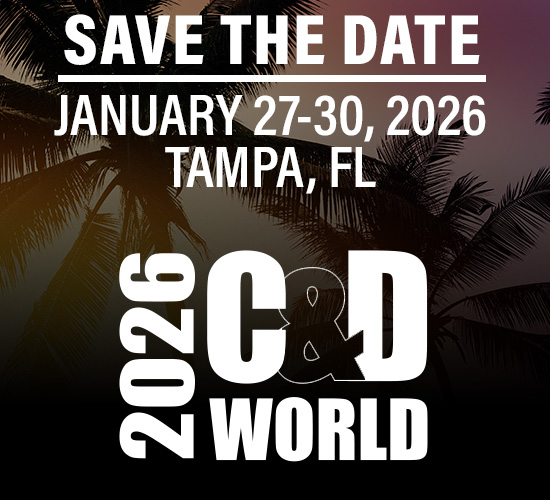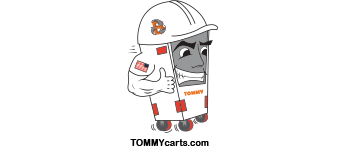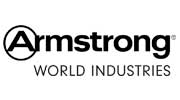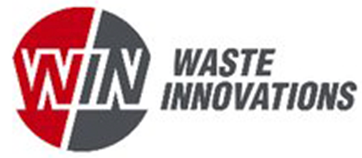Case HistoriesRecycled Concrete Aggregate Ready Mix Used in Structural ApplicationsIn 2008, ReCrete Materials, Inc. of Arvada, Colo. provided approximately 7,900 cubic yards of ready mixed concrete containing recycled concrete aggregate for use in foundations and tilt-up panels at the Enterprise Park at Stapleton project in Denver, Colo. In a unique effort, Etkin Johnson Group, general contractor Murray and Stafford, Inc, concrete contractor CAL Construction, Inc. and Forest City Development utilized the recycled mix designs for their office and industrial development which is located within the borders of what was once Denver’s Stapleton International Airport. ReCrete Materials, Inc. utilized 2,305 tons or just over 4.6 million pounds of recycled aggregates from the runways of the former airport in the construction of three high-end office/warehouse buildings. The 2,200 cubic yards used in the foundations contained approximately 620 tons (1,240,000 lbs.) of recycled aggregate and 115 tons (230,000 lbs.) of fly ash. Total recycled weight in the foundations equaled 735 tons or 1,470,000 lbs. The 5,700 cubic yards utilized in the tilt-up panels contained approximately 1,570 tons (3,140,000 lbs.) of recycled aggregate (no fly ash was used in this mix design). Fly ash was not allowed in the tilt-up panel mix design, therefore only the recycled aggregate qualifies as a recycled product. According to the Tilt-Up Concrete Association, the 1,570 tons of recycled concrete utilized in the tilt-up panel mix design on this project is the largest use of recycled concrete in a tilt-up application on record. Tilt-Up Contractor, CAL Construction, Inc. of Denver, Colo. noticed little, if any, difference in the recycled material, including the ability to pump and finish, and recorded higher end strengths than found in traditional mix designs. The developer, Etkin Johnson Group, plans to seek LEED certification for this project which includes three buildings with 441,000 square feet of office and industrial space within the Stapleton Redevelopment. Energy efficient, green building design will be incorporated throughout. The decision to use recycled concrete for this project was based on several factors:
According to ReCrete Materials, Inc., advantages to using a recycled mix designs are:
ReCrete Materials, Inc. focuses on the utilization of recycled concrete in new ready mix applications while also providing virgin mix designs. ReCrete projects to date have been private, public, industrial and commercial with a client list that includes City and County of Denver, City of Thornton, City of Arvada, the Town of Golden and numerous residential and commercial/industrial construction firms in the Denver metro area. The World’s Largest Recycling ProjectIn 1999, Recycled Materials Company, Inc. (RMCI) of Arvada, Colo. began recycling 6.5 million tons of aggregate material at Denver’s former Stapleton International Airport. In six years’ time, removals were completed on-schedule and aggregate sales continue through 2009. This major project has greatly enhanced the awareness and knowledge in the re-development and construction community as to the economic savings and project benefits involved in on-site recycling to achieve sustainability goals. Every project is unique. The Stapleton project became an Urban Quarry with massive quantity of product of uniform quality. There was a close consumptive market for a volume of product so massive that out-of-the-box thinking was required. That massive quantity enabled multiple uses over a long period of time and set a model for brownfield redevelopment throughout the nation. RMCI executives stress that spending quality efforts in manpower and machines is detrimental to the end product. If engineers see one questionable item they tend to write off the use of your product. New and Improved Road from Recycled MaterialsAlmost 700,000 tons of aggregate was re-used saving millions of dollars in the Interstate 5 Improvement Route 22 Freeway to Route 9 Freeway project in Anaheim, California. A need to widen the freeway (from three to six lanes in both directions) initiated the six-year project, and asphalt and concrete removed from the project to make way for the new construction produced quite a bit of aggregate. This material was stockpiled at different areas of the freeway. Dan Copp Crushing Corp. of Anaheim, Calif. brought a portable crusher to the site to recycle these asphalt and concrete stockpiles. The crusher processed the stockpiles to meet the California Department of Transportation’s (Caltrans) requirements for CL II aggregate base material. Caltrans allows the use of recycled aggregate for road base material. The improvement of this section of Interstate 5 was the highest profile due to the proximity to Disneyland, Angel Stadium, and the Arrowhead Pond. The challenges from a portable recycling point of view, were the heavy metal reinforcing from bridge demolition, confined working areas in on/off ramp areas, freeway medians, detours and frequency of portable crushing moves in and out. Weather played a part during the El Niño year bringing heavy rain to Southern California. The freeway improvement project consumed all 700,000 tons of the material that was recycled, and an additional 100,000 tons of recycled aggregate base material was brought to the job to complete the project. Using the recycled aggregate saved Caltrans around $5 million over purchasing and hauling virgin aggregate, then paying to haul and dispose of existing aggregates. Recycling on this project provided tremendous economic and environmental benefit to the public. |
























